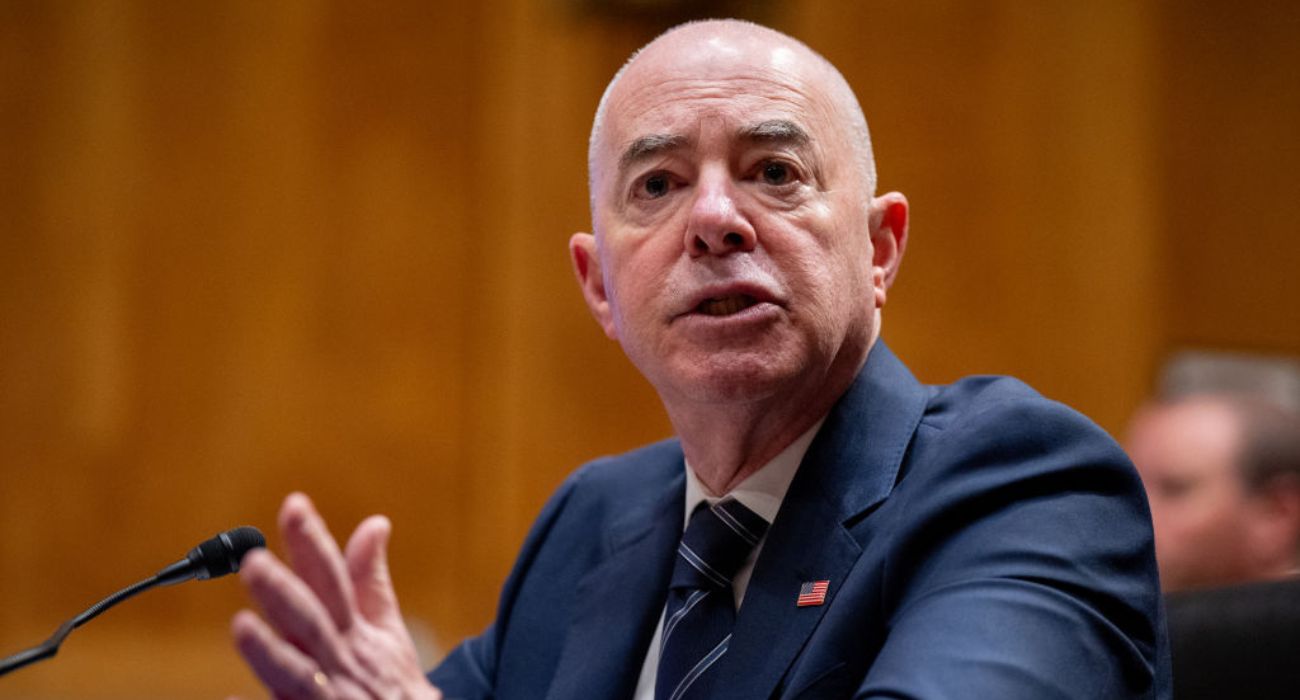The extreme heat in Texas has led to concern over inmates in state prisons that lack air conditioning.
In addition to the potential health dangers for prisoners, a new report indicates that the heat might be a factor in why the department has difficulty attracting and retaining personnel. The estimated current total of job openings is reportedly more than 7,000 positions.
That report, “Extreme Temperatures and COVID19 in Texas Prisons,” was authored by the Texas A&M University Hazard Reduction and Recovery Center and the inmate advocacy group, Texas Prisons Community Advocates. It noted that Texas is among an estimated 13 states that lack universal air conditioning.
Temperatures above 90 degrees, reaching triple-digits in some cases, have plagued Texas for much of July. Insufficiently cooled prisons are scorching under the summer sun.
An April report indicated that only 28 of the 107 state-run prisons in Texas have air conditioning throughout their facilities. “All the TDCJ (Texas Department of Criminal Justice) units have air conditioning in the administrative, education, and medical areas of the unit,” according to the report. However, many lack air conditioning in the housing areas or have only partial coverage.
The entire state prison system now houses approximately 120,000 prisoners.
More than a dozen heat-related deaths were reported in Texas prisons from 1998 to 2012. Ten heat-related deaths occurred in 2011 alone. Much like we have this year, residents of Texas were then dealing with a heat wave.
Afterward, there was apparently a pause; there have been no officially confirmed heat-related deaths in Texas prisons in the past decade. But court records and autopsy reports say otherwise, revealing that at least 13 men have died of heat stroke while incarcerated in Texas prisons in the last decade.
Many more inmates and guards become ill each year in prisons where temperatures often surpass 100 degrees. Some have required intravenous fluids after reporting dizziness, nausea, muscle cramps, and heat rashes.
In 2022, there have officially only been 11 prison employees and six inmates who have required treatment for heat-related illnesses. But these statistics do not accurately represent the many prisoners who suffer physical consequences from seemingly-unrelated medication issues.
Some prisoners, for example, choose to forego taking their medication. Without those medications, the body’s ability to naturally regulate temperature is impaired. Medication issues like this one distort the actual number of people who have died of extreme heat in Texas prisons, according to Amite Dominick, Ph.D., president of Texas Prison Community Advocates.
When a prisoner or guard dies of a heart attack because the body could not mitigate the effects of the heat, the prison officials in charge of reporting the cause of death may choose the least damaging to the state’s or prison’s reputation. “If we’ve got a choice between hyperthermia (heat stroke) and cardiac arrest, they’re going to go with cardiac arrest, but the heat was still a major contributing factor in that death,” Dominick said.
Litigation against the TDCJ regarding excessive temperatures at detention facilities dates back to at least 2014. A lawsuit was filed that year by inmates at the Wallace Pack Unit prison in Navasota, near College Station. In that case, prisoners claimed that being incarcerated under such conditions constituted cruel and unusual punishment. U.S. District Judge Keith Ellison agreed and accused the TDCJ of being “deliberately indifferent” about the issue.
The TDJC appears reluctant to install air conditioning in all its units because the project would require an investment of $1.1 billion to install air conditioning throughout all Texas prisons. The amount has been met with skepticism since a federal court ordered the state of Texas to install air-conditioning in the Wallace Pack detention facility after it was faced with a lawsuit.
In fighting the court’s 2017 order to install air conditioning, the TDJC’s claim that it would cost $20 million to satisfy the order was later determined to be grossly inaccurate; the actual cost was only $4 million, or one-fifth what was projected. The state spent more on the lawsuit, $7 million, than on the air conditioning.
Previous efforts by the TDJC to mitigate uncomfortably high temperatures in the prisons, such as providing ice and water to prisoners, were “inefficient and ineffective.” Additional attempts have also been made, like offering respite areas or opportunities for inmates to purchase fans or towels.
In May 2021, the Texas House passed a bill to require air conditioning installation in all Texas prisons by 2029. One caveat was that legislators would be required to set aside money for the installation, and the amount would be capped at $300 million.
However, one month later, the state Senate failed to pass the bill. That same month, Texas Gov. Greg Abbott allegedly shifted $250 million from the TDJC budget for partial construction of the border wall with Mexico.






